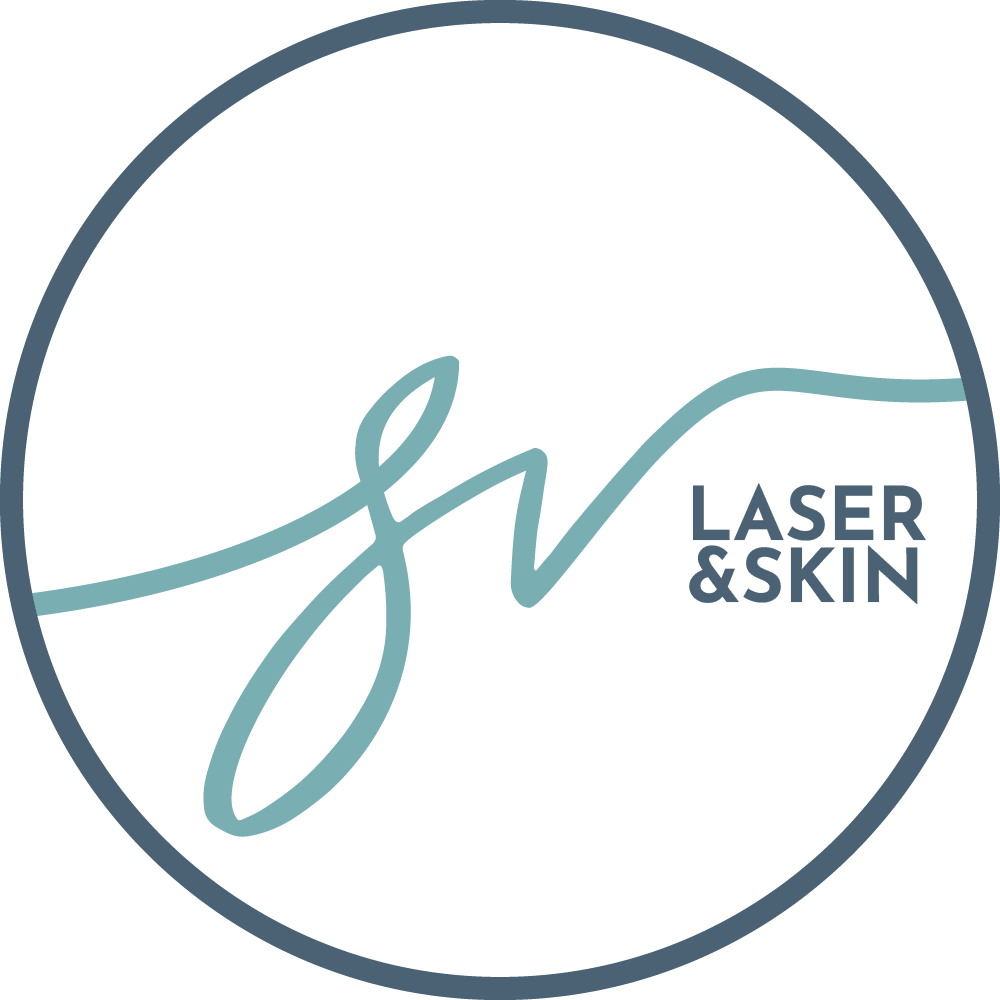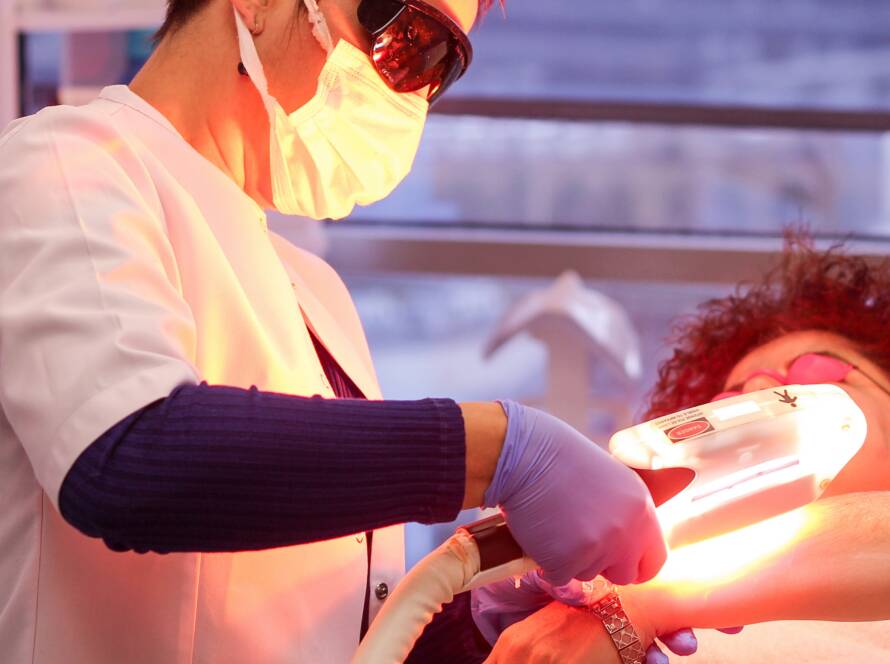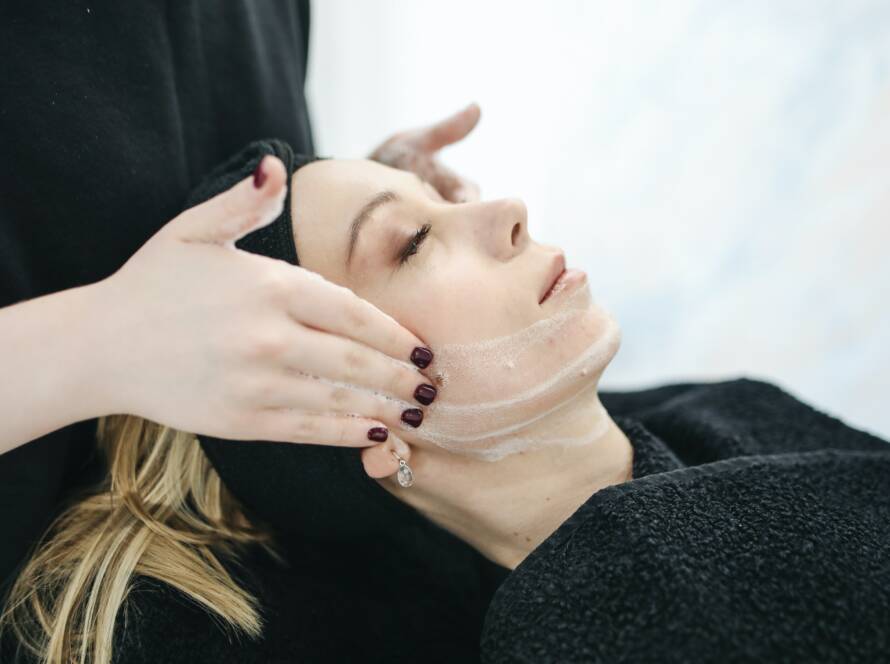What are Chemical Peels?
A chemical peel is a skin-resurfacing procedure in which a chemical solution is used to remove the top layer of skin. This can improve the appearance of acne scars, wrinkles, and sun damage.
There are different types of chemical peels, and each one is tailored to the patient’s specific needs. The depth of the peel will depend on the type of chemical used, as well as the patient’s skin type and condition.
Chemical peels can be done on the face, neck, or hands. They are usually done in a series of two to six peels, spaced four to six weeks apart. The most common side effects of chemical peels are redness, dryness, and itching. These side effects should clear up within a few days of the treatment.
If you are considering getting a chemical peel, it is important to consult with your dermatologist first to discuss your options and decide which type of peel is right for you. With the right care and precautions, chemical peels can be an effective way to improve the appearance of your skin.
What is the best type of Chemical Peel for acne scars?
There are a variety of chemical peels that can be used to improve the appearance of acne scars. The best type of peel for you will depend on your skin type and condition. Your dermatologist can help you decide which type of peel is right for you.
Some of the most common types of peels used to improve acne scars include trichloroacetic acid (TCA) peels, glycolic acid peels, and salicylic acid peels. TCA peels are usually done in a series of 3-6 treatments, spaced one to two months apart. These peels penetrate deeper into the skin and are often used for more stubborn acne scars or sun damage.
Glycolic acid and salicylic acid peels are typically done in a series of 5-10 treatments, and can also be effective in improving the appearance of acne scars. These peels are generally milder than TCA peels and are generally used for less severe scarring or sun damage.
What is the best type of Chemical Peel for wrinkles?
There are a variety of chemical peels that can be used to improve the appearance of wrinkles. The best type of peel for you will depend on your skin type and condition, as well as the severity of your wrinkles.
Some of the most common types of chemical peels used to reduce the appearance of wrinkles include lactic acid peels, alpha hydroxy acid (AHA) peels, and trichloroacetic acid (TCA) peels. Lactic acid peels are typically done in a series of 5-6 treatments, spaced one to two weeks apart. These peels work to exfoliate the skin and improve the appearance of fine lines and wrinkles.
AHA peels are also done in a series of 5-6 treatments but are usually spaced out every four to six weeks. These peels use a milder chemical solution and can be a good option for more sensitive skin.
TCA peels are also used to reduce wrinkles and are typically done in a series of 3-6 treatments, spaced one month apart. Like lactic acid peels, TCA peels penetrate deeper into the skin and work to exfoliate the skin and improve the appearance of fine lines and wrinkles.
If you are interested in reducing the appearance of your wrinkles, it is important to consult with a dermatologist first to discuss your options and choose the best type of peel for your needs.
How often should Chemical Peels be done?
The frequency of your chemical peels will depend on the type of peel being used, as well as your skin type and condition.
Some peels, such as the light, lactic acid-based peels that are typically used in salons and spas, can be done as often as once a month. However, deeper chemical peels, such as those that contain glycolic or trichloroacetic acid, should only be performed every few months to ensure effective results without putting your skin at risk.
It is also important to note that the frequency of your chemical peels will depend on how well you take care of your skin in between treatments. In order to optimize the results of your peels and prevent any lasting damage, it is essential to consistently use a good quality moisturizer, sunscreen, and other skincare products that are suited to your skin type.
If you have any questions about the frequency of your chemical peels, or if you would like more information about the different types of peels available and what they can do for your skin, be sure to speak with a skin care professional or dermatologist. They can help you create a treatment plan that is tailored to your specific needs and goals.
How Do Chemical Peels Work?
A chemical peel is a cosmetic treatment (typically administered by a dermatologist or licensed esthetician) in which an acid solution is used to remove the damaged outer layers of the skin. This reveals the undamaged, younger-looking skin underneath and can improve the appearance of fine lines, wrinkles, acne scars, and uneven skin tone.
There are three different depths of peels: superficial, medium, and deep. The depth of the peel will determine how long the recovery process takes and how significant the results will be.
Superficial peels are the mildest type of peel and can be done in an office setting by a licensed esthetician. These peels are typically performed using glycolic acid and can provide a noticeable improvement in skin tone, texture, and pigmentation.
Medium peels go deeper into the skin than superficial peels and typically require some recovery time following the procedure. Trichloroacetic acid (TCA) is most commonly used for medium peels.
Deep peels are the strongest type of peel and can provide more significant results, but also come with a longer recovery time. Doctors will often use phenol for deep peels. It is important to note that chemical peels should only be performed by a licensed professional in order to avoid complications.
What are the Skin Health Benefits of Chemical Peels?
In addition to improving the appearance of the skin, chemical peels can also provide a number of health benefits.
Superficial peels can help to unclog pores and remove dead skin cells, which can lead to a reduction in acne breakouts. Medium and deep peels can also be effective in treating acne scars. Chemical peels can also stimulate the production of collagen, which is a protein that helps to keep the skin looking firm and youthful.
For people who have skin conditions such as melasma or hyperpigmentation, chemical peels can help to lighten the affected areas.
How Much Do Chemical Peels Cost?
The cost of a chemical peel will vary depending on the type of peel being used, as well as the geographical location. Superficial peels are typically the most affordable, while deep peels can be quite expensive.
On average, superficial peels range in cost from $50 to $200 per session. Medium peels usually cost between $600 and $800 per session, while deep peels can cost upwards of $1,000 per session.
It is important to note that the number of sessions required for optimal results will vary from person to person.
What is the Recovery Time for a Chemical Peel?
Recovery time after a chemical peel will depend on the depth of the peel, as well as individual factors such as age and overall health.
Superficial peels typically have little to no recovery time, and can often be done during a lunch break or in the evening after work. Medium peels require 5-7 days of downtime, while deep peels can require 7-14 days of recovery time.
It is important to follow the post-peel instructions provided by your skin care professional in order to minimize the risk of complications and optimize results.
Are There Any Risks or Side Effects Associated with Chemical Peels?
Chemical peels are generally safe when performed by a licensed professional. However, as with any cosmetic procedure, there are some risks and side effects that can occur. The most common side effect of a chemical peel is skin irritation, which typically manifests as redness, swelling, and flaking or peeling of the treated area.
Other potential side effects include hyperpigmentation, hyperpigmentation, infections, and scarring. To minimize the risk of side effects, it is important to follow all post-peel instructions provided by your skincare professional.
If you are considering a chemical peel, it is also important to consult with a dermatologist in order to determine whether this treatment option is right for you.
Ultimately, the benefits of chemical peels can outweigh the risks when they are performed by a qualified professional. With the right care and precautions, you can enjoy beautiful, healthy-looking skin that looks and feels great!
For more inquiries about this treatment please don’t hesitate to leave a comment or contact us now





